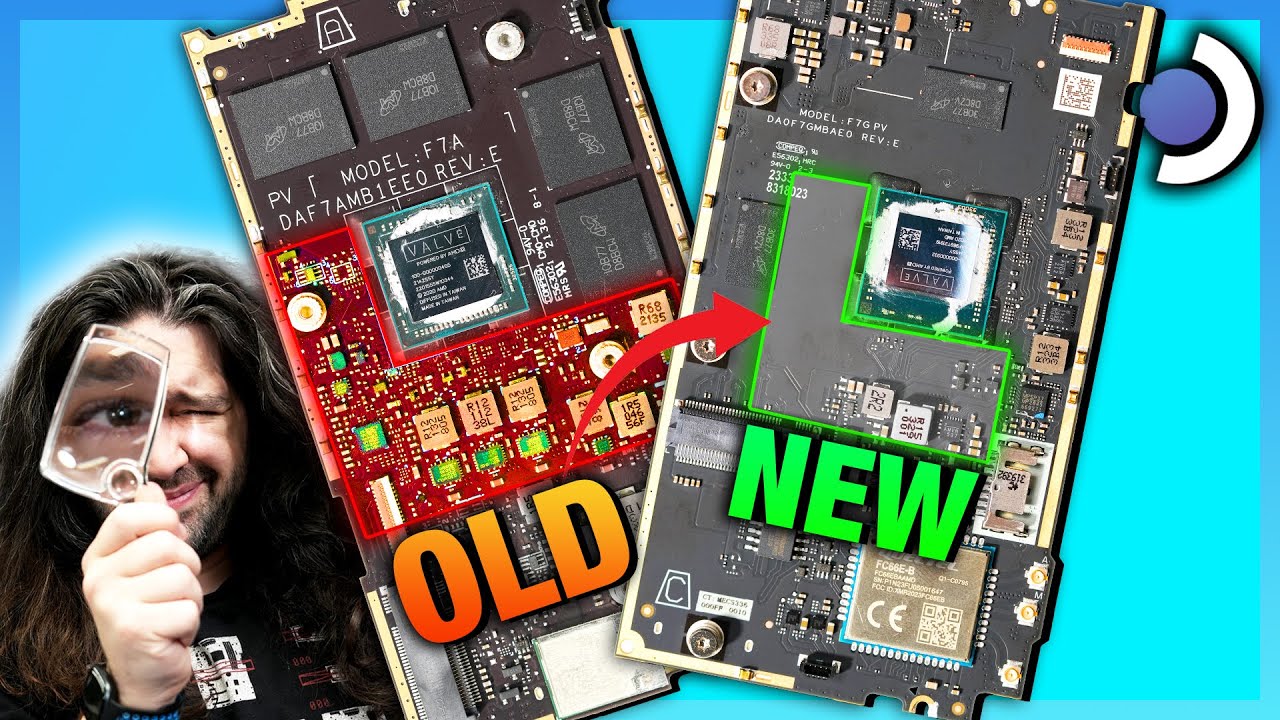The new Valve Steam Deck OLED didn’t just change the screen: Almost every part of the device has had some sort of revision, from the screws to the power topology of the motherboard. Some of these changes happened silently in the Voyager platform refresh for the Steam Deck, but the majority of large changes are brand new. Memory underwent relocation and now uses better modules, the cooling solution has had its fan flipped and thickened, and the controller component PCBs have had some consolidation and durability improvements. In this tear-down of the new Steam Deck OLED, we’ll compare the new Steam Deck vs. the original, old Steam Deck “LCD” model.



I highly doubt Newell is harbouring some kind of grudge. Several countries have ruled against Valve in more onerous ways.
I’m not sure where you got the notion that Japan is a larger market than Australia but the Japanese spend around US$26B/year on video games. Australia is around $US$2.6B. Australia isn’t even in the top 10% worldwide. Now factor in expensive shipping, distribution, and warranty support in Australia, and it seems fairly obviously why they haven’t expanded there yet.
I said it was a joke.
I also specified PC games, which is the only market Valve cares about, and in which Australia spends more money than Japan. Add in localisation and other impediments to getting into the Japanese market and no, it’s not obvious at all.
That didn’t really seem like a joke to me but thanks for clarifying. I guess conveying tone is difficult across text.
I’m not sure if you’ve seen them yet but Steam Decks aren’t PCs. They’re handhelds. They compete with handhelds like the Nintendo Switch. I understand there is category overlap with the Deck but to call it a PC is clearly silly.
Anyone spending money on a game to play on a deck is spending money in the “PC” games market.